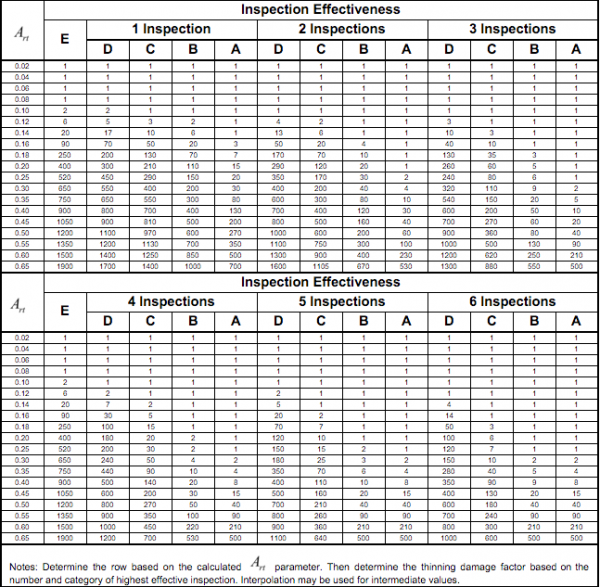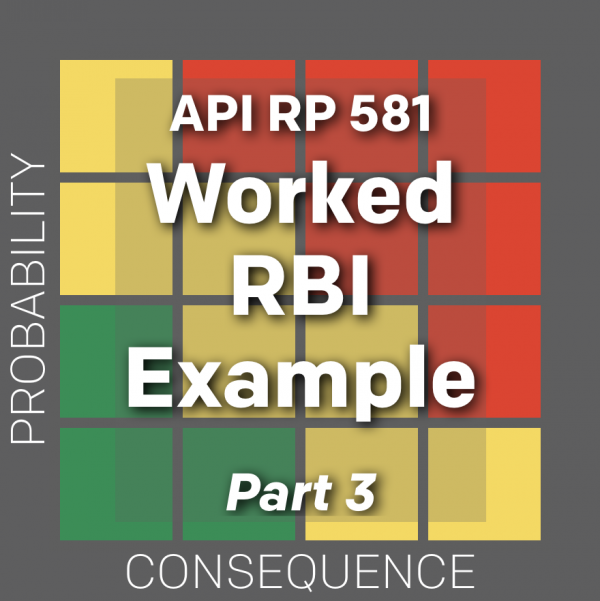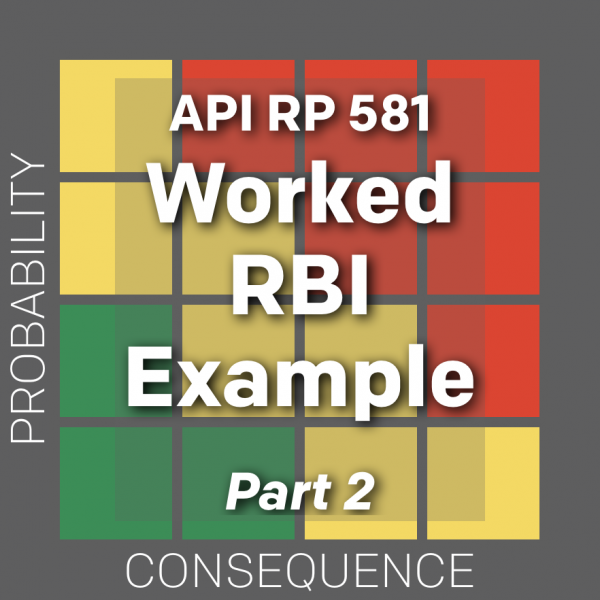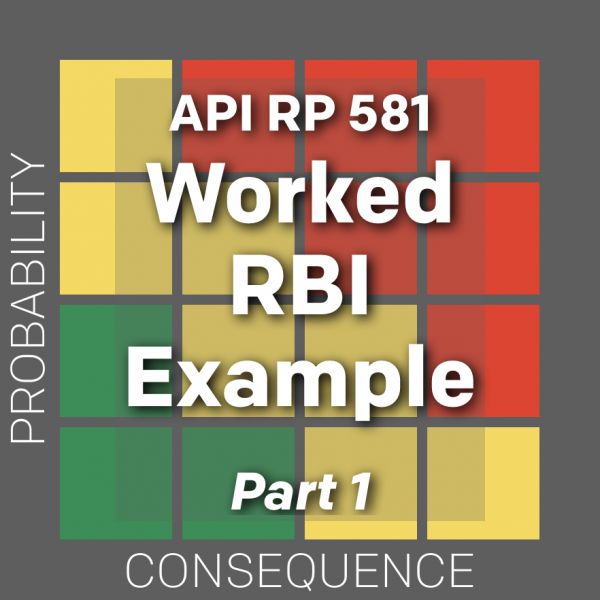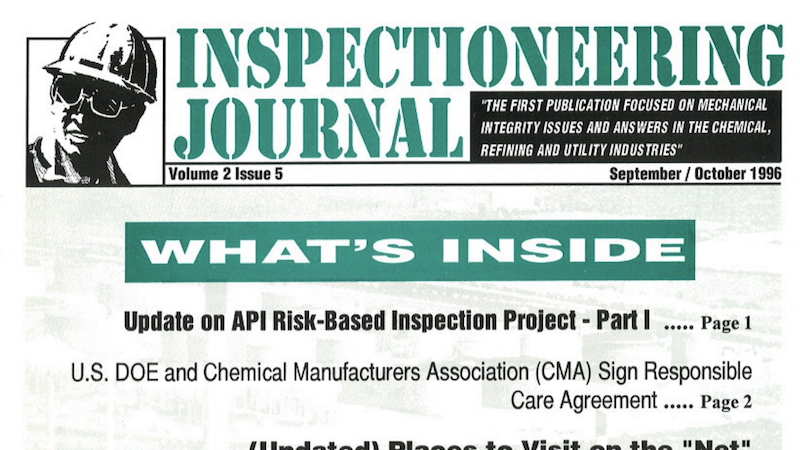Lynne Kaley: About the Author
Director of Reliability Strategy, Pinnacle

Lynne Kaley, Director of Reliability Strategy at Pinnacle, has over 30 years of refining, petrochemical, and midstream gas processing experience. Lynne was an owner/user plant metallurgist/corrosion and corporate engineer for over 10 years and has 20+ years consulting with plant management, engineering, and inspection departments, including Risk-Based technology (RBI) development leader, the development of implementation work process for plant application. Lynne is a member of API committees for the development of API 580 and API 581 recommended practices, project manager of API RBI Project from 1996-2009, and master editor for API 581 and 580.
Is this you? Please help us keep this page up-to-date by occasionally submitting your updated information.
Published Articles
Explore how more advanced modeling addresses the challenges of quantifying uncertainty and probability of failure to drive valuable inspections.
A case study on utilizing the Quantitative Reliability Optimization (QRO) methodology to help better evaluate equipment risk and predict future product availability.
This paper provides the background for the technology behind the Third Edition thinning model as well as step-by-step worked examples demonstrating the methodology for thinning in this new edition of API RP 581.
Seasoned and knowledgeable inspectors are becoming harder and harder to keep. But using some of the industry documents in a smart way, inspectors with less experience can perform like an inspector with many more years of experience and even develop a great materials specialty with practice.
Experienced material specialists are in short supply and high demand these days. So if you are lucky enough to have one at your disposal, how can you squeeze the most out of that opportunity?
This article is Part 3 of a 3-Part series. The articles in this series provide a step-by-step example of utilization of API RP 581 and build off of each other. This article (Part 3) will cover the final risk analysis, inspection planning, provide a very helpful table of calculated results for each step to check your calculations against, and a glimpse of the future direction of API RP 581.
The previous article (Part 1) covered Probability of Failure (POF), including modeling of thinning and stress corrosion cracking and demonstrated how API RBI provides credits for past inspections, considering their effectiveness in detecting those specific damage types and the number of inspections performed. This article (Part 2) picks up where the previous left off by guiding the reader through the health, safety, and environmental and financial consequence calculations, including calculation of Consequence of Failure (COF).
This article provides a unique opportunity to guide the reader through API RBI quantitative calculations per API RP 581, Second Edition, September 2008, using real data. The author guides you step by step from input data to final answers including, probability of failure, consequence of failure, financial and risk return and metrics usage, and inspection planning.
Risk-Based Inspection (RBI) is an emerging technology available to plant engineers and managers as theyapply risk directed activities to prioritize work and available resources for equipment management. This paper describes the learning of highly experienced RBI users, sharing results of implementation in their plants. The advantages of making and documenting reasonable assumptions will be explored.
Risk-Based Inspection (RBI) is an emerging technology available to plant engineers and managers as they apply risk directed activities to prioritize work and available resources for equipment management. This paper describes the learning of highly experienced RBI users, sharing results of implementation in their plants. The advantages of making and documenting reasonable assumptions will be explored. Additional benefits of the program will be shared, such as streamlined process reliability studies where RBI information can significantly impact time required for completion. Results of using the API RBI methodology for storage tank analyses will also be presented. The presenters have a combined refinery experience of over 40 years and RBI experience of over 10 years with responsibility for over 20,000 pressure vessels and overall responsibility for equipment integrity in two large refineries.
Damage of carbon steel pressure vessels due to various in-service damage mechanisms continues to be a serious concern in the refining and petrochemical industries. A survey conducted in 1990 by the NACE T-8-16 Work Group to determine the nature and extent of cracking problems in wet H2S refinery environments showed that there was insufficient information reported about the type of cracking found to correlate cracking incidence with cracking mechanisms. Most of the inspections for cracking reported were detected during internal inspection using Wet Fluorescent Magnetic Particle Testing (WFMPT). As a result, it was concluded that in addition to the service related cracks reported, a number of "cracks" detected were the result of original fabrication, repair or alteration of the pressure vessels.
This is Part II of a series of reliability of coke drums. Part I discussed some of the causes of bulging and cracking in coke drums. Here, the effect of operation on damage will be covered, along with possible solutions for increasing drum life...
Petroleum coke production is an important source of revenue for many refineries. While coking units were initially constructed to deal with a waste product, these units are now of significant economic value.


